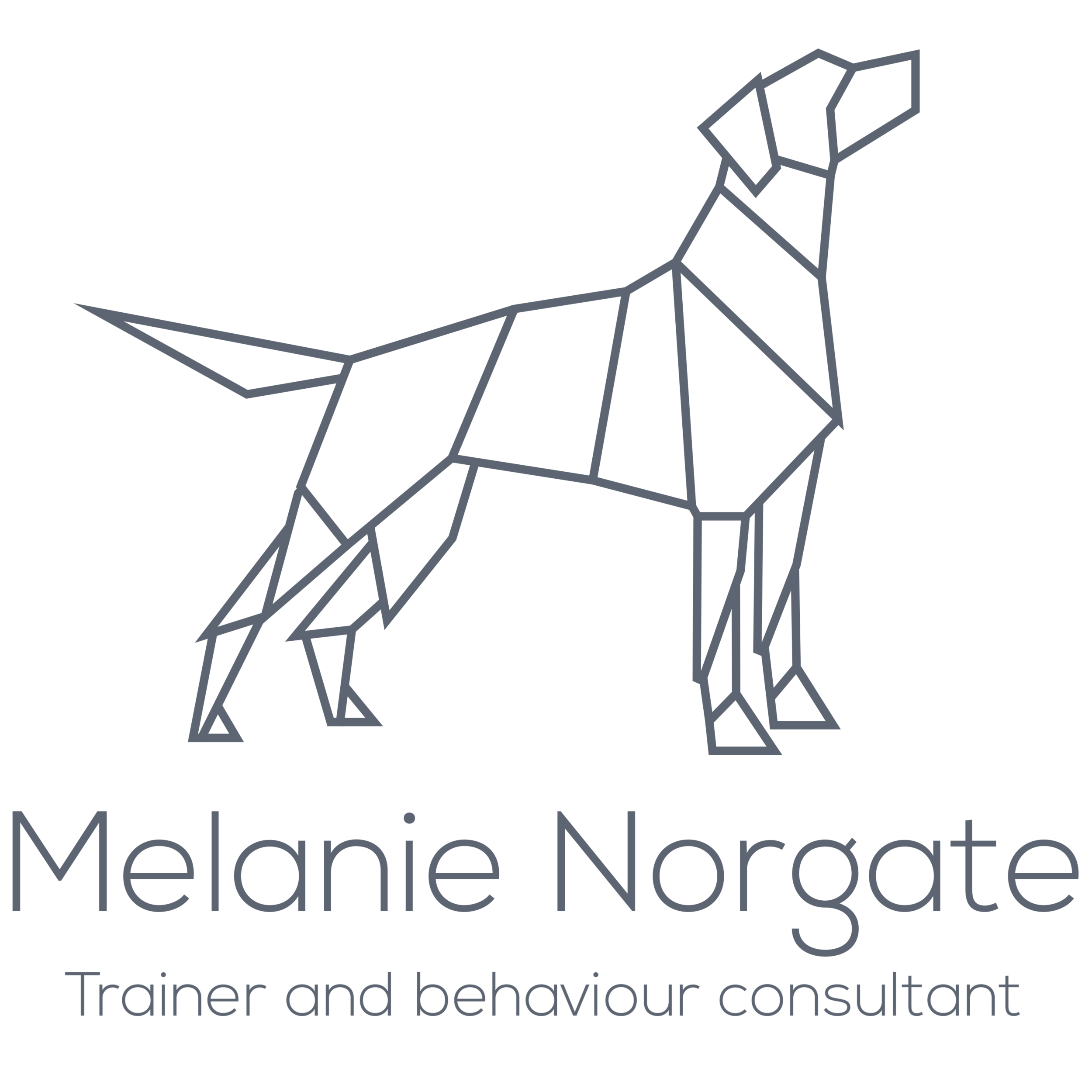Play behaviour - when to step in, when to stand back
Dog play is super fun but requires complex body language and social skills. This is an excellent video explaining normal dog play behaviour. Many thanks to Donna Hill for allowing me to share it with you. Below the video you can read a list of what to look for and when to intervene to help your puppy stay safe and polite. From there you find a discussion of real life examples using your own videos in the Facebook forum.
Here are some extra tips:
Healthy play:
Quiet
Taking turns
Brief breaks (e.g. look away, sniff the ground, have a drink, shake off)
Back off if the other squeaks or walks away
Relaxed muscles even though it can look rough
Calmly distract and give them a break if:
Getting growly (sometimes okay in dogs who know each other very well if it fits 'Healthy play' description)
Front teeth showing (overwhelmed)
One always moving away and other always pushing on (even if they keep playing, look at who is moving where)
Persistent humping (humper is a bit anxious or over-excited, anxiety from the humpee can trigger it)
Jumping up on you (asking for help?)
Annoying a dog who is ignoring them e.g. trying to chase a ball by itself
Be a responsible parent and supervise. Help them out if overwhelmed so they don't resort to aggression. Teach bullies to take breaks and pick playmates they can safely let off steam with (and get their phone numbers!). It's okay to walk away and try a different park or time.
I prefer walking around the edge of a park with the other owners - dogs have to take brief play breaks to catch up. Walking together is a great way for dogs to bond calmly.
HOW DOES YOUR PUPPY PLAY? Film some play and add it to the comments under the ‘Play Behaviour’ post in the Facebook forum - we can discuss and learn from a good collection of real life examples!
